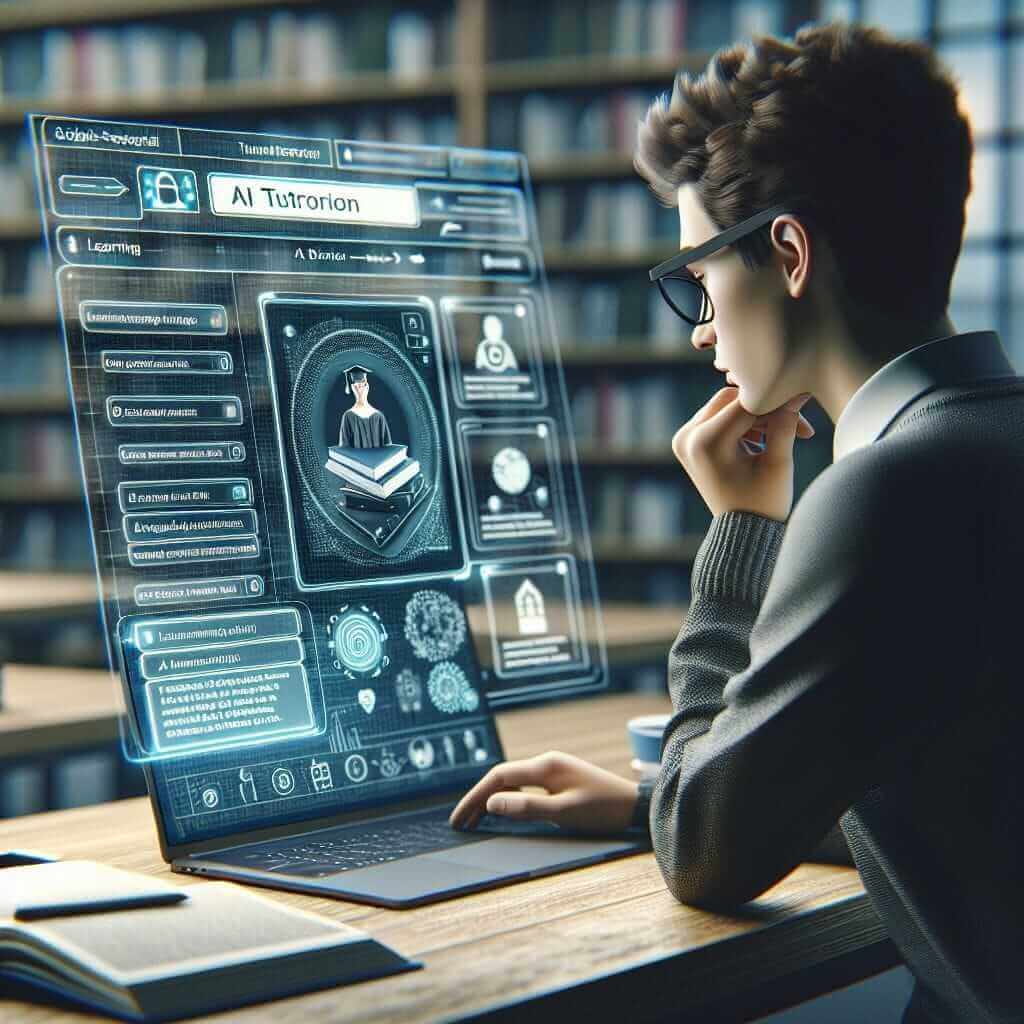In recent years, the role of technology in education reform has been a pivotal subject of discussion. The integration of technology in education is not only transforming traditional teaching methodologies but also reforming the educational landscape significantly. Understanding its impact can provide valuable insights for IELTS Writing Task 2, where such topics frequently appear.
Nội dung bài viết
- Choosing a Prompt
- Analyzing the Prompt
- Sample Writing
- Introduction
- Body Paragraph 1: Enhancing Accessibility and Flexibility
- Body Paragraph 2: Personalized Learning Experiences
- Body Paragraph 3: Collaborative Learning and Global Exchange
- Counterargument: Potential Drawbacks
- Conclusion
- Key Considerations for Writing
- Important Vocabulary to Remember
- Conclusion
Sample IELTS Writing Task 2 Prompts:
- Some people believe that technology can play a significant role in reforming education. To what extent do you agree or disagree?
- Discuss the advantages and disadvantages of integrating technology into the traditional education system.
- How can technology be used to improve the education system in your country? Discuss with relevant examples.
Choosing a Prompt
For this article, we will focus on the following prompt:
“Some people believe that technology can play a significant role in reforming education. To what extent do you agree or disagree?”
Analyzing the Prompt
This type of prompt typically requires you to present a clear thesis stating your level of agreement or disagreement, followed by arguments and examples to support your stance. The essay structure should include an introduction, body paragraphs, and a conclusion.
Sample Writing
Introduction
Technology’s pervasive presence has reshaped various facets of life, one of which is education. While some argue that technology’s role in educational reform is overstated, I firmly believe that it has a significant and transformative impact on contemporary education.
Body Paragraph 1: Enhancing Accessibility and Flexibility
Firstly, technology enhances accessibility and flexibility in education. Online learning platforms like Coursera, Khan Academy, and edX allow students to access quality education from any part of the world at their convenience. This has democratized education, allowing individuals from varying socio-economic backgrounds to pursue their academic goals without geographical and financial constraints.
Body Paragraph 2: Personalized Learning Experiences
Secondly, technology facilitates personalized learning experiences. Adaptive learning technologies, such as AI-driven tutoring systems, can tailor educational content to match individual learning needs and pace. This personalized approach not only caters to diverse learning styles but also helps in identifying and addressing specific academic weaknesses, thereby improving overall educational outcomes.

Body Paragraph 3: Collaborative Learning and Global Exchange
Additionally, technology enables collaborative learning and global exchange of knowledge. Platforms like Google Classroom and Microsoft Teams provide interactive features that support group projects and discussions, promoting teamwork and communication skills. Virtual exchange programs and webinars connect students and teachers globally, fostering a global perspective and cultural understanding.
Counterargument: Potential Drawbacks
Despite these advantages, some concerns about technology in education persist. Issues such as digital divide, where certain populations lack access to technological resources, and the potential for decreased face-to-face interaction, are valid. Nevertheless, these challenges can be mitigated through targeted policies and initiatives aimed at ensuring equitable access and incorporating blended learning approaches.
Conclusion
In conclusion, while challenges related to technology integration in education exist, the benefits of enhanced accessibility, personalized learning, and global collaboration underscore its significant role in educational reform. As such, I strongly agree that technological advancements will continue to shape and improve education, making it more inclusive and effective.
(274 words)
Key Considerations for Writing
- Structure: Maintain clarity in your essay structure with a clear introduction, body paragraphs, and conclusion.
- Balanced Argument: Present both sides of the argument but ensure your stance is evident and well-supported.
- Vocabulary and Grammar: Use varied and precise vocabulary. Pay attention to grammatical accuracy and sentence structure.
Important Vocabulary to Remember
- Pervasive (adj.) /pərˈveɪsɪv/ – spreading widely throughout an area or a group of people.
- Democratized (v.) /dɪˈmɒkrətaɪzd/ – made accessible to everyone.
- Adaptive (adj.) /əˈdæptɪv/ – able to adjust to different conditions.
- Mitigate (v.) /ˈmɪtɪɡeɪt/ – make less severe or painful.
- Equitable (adj.) /ˈekwɪtəbl/ – fair and impartial.
Conclusion
Technology undeniably plays a critical role in modern education reform, bridging gaps and personalizing learning experiences. As you prepare for your IELTS exam, consider practicing with prompts related to this topic, understanding the balanced argument required and integrating advanced vocabulary seamlessly. Other related topics include The Role of Technology in Promoting Sustainability and The Effects of the Digital Revolution on Employment which may provide additional context and ideas.
Good luck with your IELTS preparation!